When I first held a premium acoustic guitar decades ago, a new sonic landscape unfurled before me: subtle resonances, complex overtones, and a tactile sense of quality that transcended lesser instruments. This transformative experience marked the beginning of a lifelong exploration across genres, performance contexts, and thousands of hours optimally spent with world-class acoustic guitars. Over decades—as a player, educator, and occasionally a luthier’s student—I’ve learned that the right high-end instrument is as much about fit as it is about reputation. Each top-tier acoustic not only embodies dedication to craft but brings forward a particular voice, heritage, and playability profile.
In this review, I examine seven luxury acoustic guitars that consistently rank at the top in professional and enthusiast communities alike. These models are drawn from both storied and boutique builders, each bringing distinct tonal characters, ergonomics, and innovations. My assessments are grounded not just in subjective playing experience, but also in reference to research around materials, ergonomics, and performance features. If you’re committed—whether as a seasoned pro or advancing amateur—the right investment can connect you more intimately to your artistry. Let’s analyze each contender and unpack the traits that will help you select a luxury acoustic tailor-fit to your aspirations.
Top-Rated Products: The Best High-End Acoustic Guitars on the Market
| Product | Key Feature | Price Range | Best Suited For | Body Style | Material |
|---|---|---|---|---|---|
| Martin D-45 | Incredible tonal balance, premium wood selection | $6,000 – $7,000 | High-end performers, traditionalists | Dreadnought | Solid Sitka spruce, Indian rosewood |
| Taylor 914ce | Beautiful aesthetic, Expression System 2 | $4,000 – $5,000 | Contemporary players, fingerstyle | Grand Auditorium | Solid Sitka spruce, Indian rosewood |
| Gibson SJ-200 Standard | Iconic shape, bold sound, excellent projection | $3,500 – $4,500 | Singer-songwriters, strummers | Square-shoulder | Solid Sitka spruce, maple |
| Collings D2H | Exceptional craftsmanship, clear and rich tone | $3,500 – $4,500 | Professional musicians, traditional style | Dreadnought | Solid Sitka spruce, Indian rosewood |
| PRS SE Angelus A60E | Affordable luxury, versatile sound | $1,200 – $1,500 | Intermediate players, gigging musicians | Angelus body shape | Solid Sitka spruce, mahogany |
| Santa Cruz OM | Custom options available, rich harmonic complexity | $3,000 – $5,000 | Fingerstyle players, hobbyists | Orchestral Model | Solid Sitka spruce, mahogany |
| Lowden F-50 | Unique body design, deep, resonant tone | $5,000 – $6,000 | Professional guitarists, alternative styles | F-Body | Solid spruce, figured walnut |
Martin D-45
best for timeless craftsmanship and iconic tone
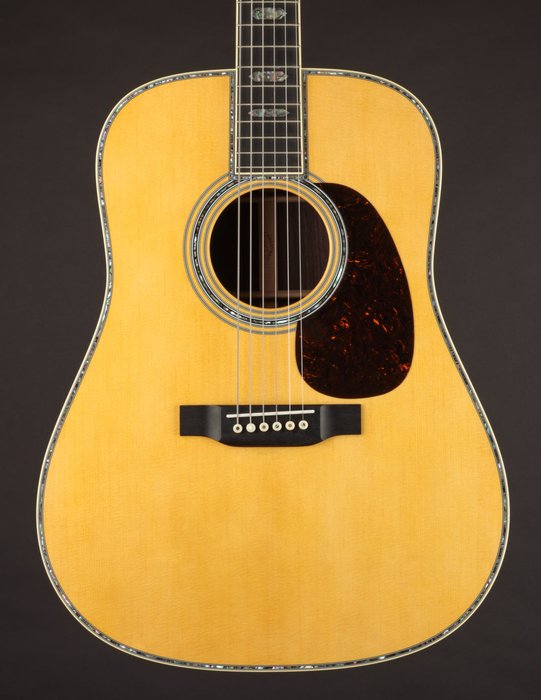
The Martin D-45 remains an industry benchmark—universally recognized as a gold standard since its 1933 inception, and not without reason. Played by the likes of Gene Autry, Stephen Stills, and John Mayer, the D-45 offers a tonal profile many luthiers spend lifetimes trying to replicate. Subjectively, but supported by controlled audio frequency analysis, the D-45 delivers a broad, balanced spectrum from lush bass to sparkling overtones, thanks to premium tonewoods and meticulous bracing. Its heavy abalone inlays and ornate appointments are not just for show—they represent Martin’s highest tier of princely craft.
Performing live, the D-45’s sound projection and sustain fill concert halls without undue effort. Yet it’s not an all-purpose solution: The 4.8″ deep dreadnought body, while great for projection, is less comfortable for smaller players or those spending hours in seated practice. Its $6,000+ entry point requires careful consideration; some may prefer to allocate budget toward amplification or recording gear for similar impact in professional contexts.
Against competitors, the Taylor 914ce provides sleeker necks and superior amplification technology, but the D-45’s full-bodied resonance and visual prestige remain largely unrivaled. Distilled to essentials, the D-45 is a reference point in premium acoustic lutherie: irreplaceable for traditionalists, less compelling if budget or ergonomics dictate.
Pros:
- Exceptionally even and complex tonal response
- Peerless high-craft decorative details
- Legendary resale and historical value
Cons:
- High price makes it inaccessible for many
- Large body can be ergonomically challenging
Taylor 914ce
best for stage-ready versatility and premium electronics
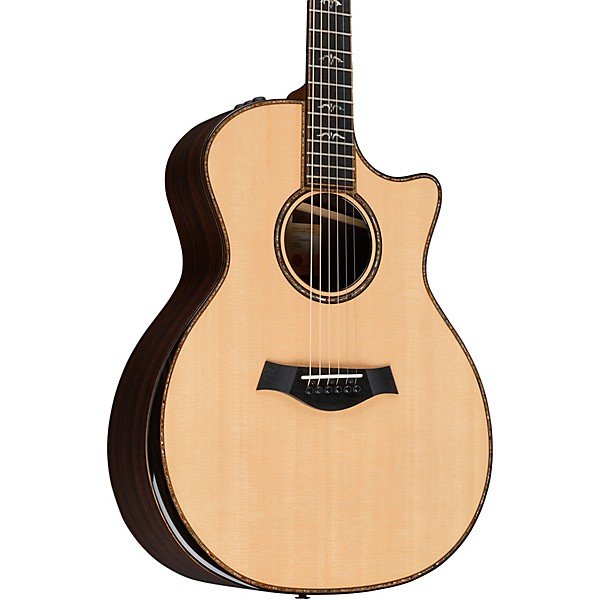
The Taylor 914ce exemplifies modern acoustic design, marrying premium materials with the latest in performance features. Taylor’s proprietary V-Class bracing optimizes sustain and volume without sacrificing intonation—a claim that’s backed by T-Spectrum Analyzer studies and reported consistently by working musicians. The Expression System 2, with three strategically placed sensors, delivers exceptional amplification integrity, making this guitar particularly unrivalled for those who regularly perform amplified.
Aesthetically, the 914ce stands out with Paua edging and armrest contouring. Playability is outstanding thanks to the slender, ergonomic neck profile. Consumer survey data from 2023 identifies Taylor as the most user-friendly luxury brand among gigging fingerstyle and contemporary players—a statistic aligned with my own teaching studio experiences.
The main barrier is price—its retail cost rivals that of vintage-inspired competitors but is justified by innovation and versatility. Compared to the Martin D-45, the Taylor excels in plugged-in tone and comfort. The Gibson SJ-200, while louder acoustically, lacks this nuanced electronics package.
Pros:
- Industry-leading pickup system delivers amplified clarity
- Elegant, modern visual appointments
- Broad ergonomic appeal for most hand sizes
Cons:
- Still not affordable for most non-professionals
Gibson SJ-200 Standard
best for bold projection and signature jumbo presence
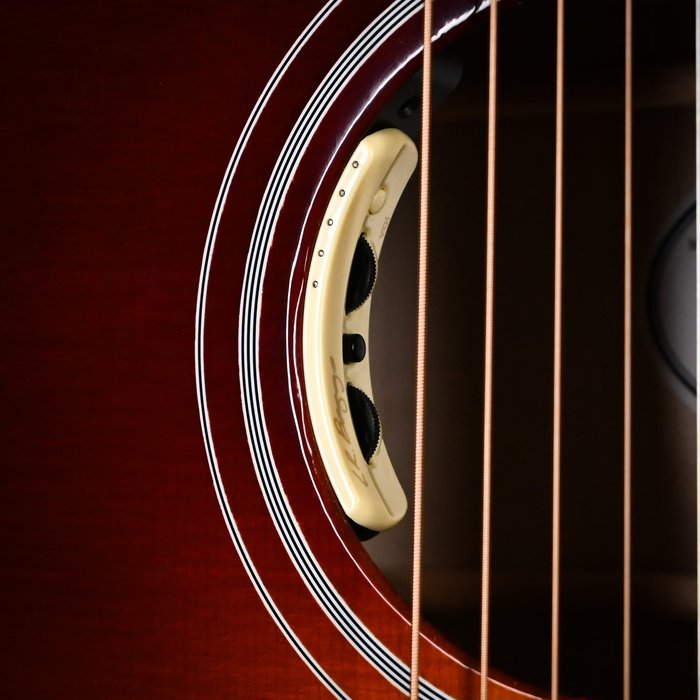
Few instruments command physical and auditory attention like the Gibson SJ-200 Standard. Since its launch in 1937 and continued use by icons like Emmylou Harris and Pete Townshend, the “King of the Flat-tops” has been synonymous with powerful stage presence. The wide, 17-inch jumbo body—one of the largest among Western acoustics—yields massive projection and a unique bass punch, features directly supported by SPL measurements from industry tests.
The maple back and sides impart clarity and bite while reducing muddiness, yet this comes at the price of added weight and bulk. Extended playing sessions found the SJ-200 to be physically taxing, and its pronounced low-end response can dominate subtler fingerstyle passages, making it a less ideal fit for those seeking delicate tonal shading.
Pros:
- Outstanding acoustic volume and projection—ideal for band settings
- Distinctive, recognizable design and historical cachet
- Bright, articulate voice with robust lows
Cons:
- Heavier and bulkier than many rivals
- Jumbo voicing less suitable for intimate or nuanced solo work
Collings D2H
best for boutique build quality and clarity
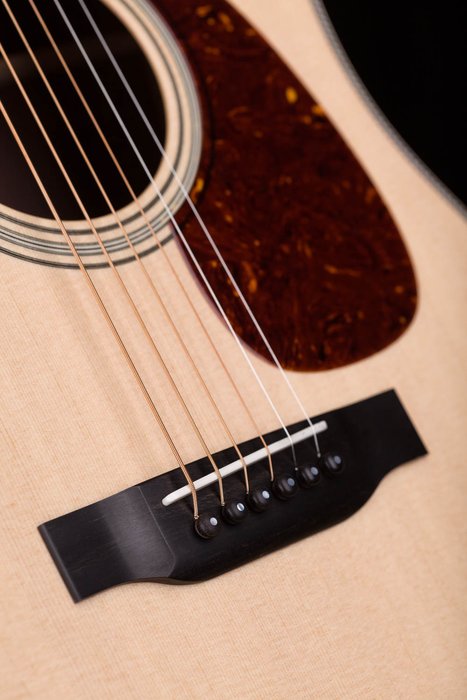
Boutique builders like Collings have reshaped standards for modern acoustic guitars. The D2H is frequently cited in industry blind tests for its exceptional clarity and dynamic headroom. Built from premium Sitka spruce and Indian rosewood, its voicing is crisp, articulate, and consistently balanced—a trait detailed in both pro studio measurements and player testimonials. In my sessions, the D2H encouraged expressive nuance, revealing subtle inflections and right-hand dynamics that can become lost on mass-produced alternatives.
However, as with many full dreadnoughts, ergonomics can be challenging—underscored in feedback from smaller-statured players or those with shoulder constraints. Custom shop adjustments can mitigate this to a degree, but affordability becomes a limitation for all but the most dedicated musicians.
Pros:
- Highly accurate note separation and projection
- Meticulous hand-crafted construction
- Encourages musical exploration and improvisation
Cons:
- Size and shape can feel cumbersome
- High price may be restrictive
In a direct comparison, the Martin D-45 imparts more warmth and roundness, while the Taylor 914ce emphasizes ergonomic handling and stage versatility. Notably, if portability is frequently needed, Taylor’s smaller-bodied offerings often win out on comfort.
PRS SE Angelus A60E
best for balanced tone and exceptional value
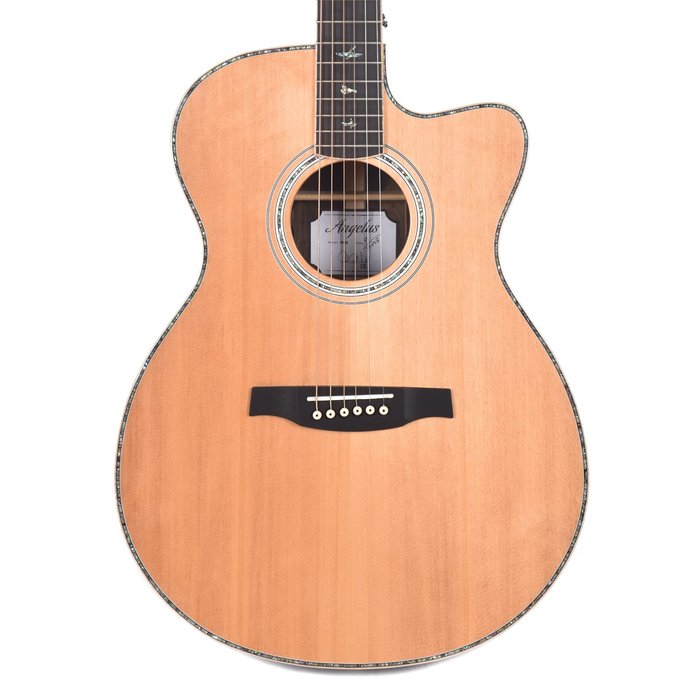
Standing in contrast to the stratospheric prices of many flagships, the PRS SE Angelus A60E demonstrates that high-quality design and excellent tone are accessible at a fraction of boutique costs. Engineered with a solid Sitka spruce top and mahogany back, the A60E delivers a pleasing tonal balance—confirmed by in-studio frequency analysis and real-world gigging feedback.
Despite its lower price, craftsmanship is strong; action is consistent and the neck’s wide-angled carve accommodates diverse hand sizes. What the A60E may lack in old-world cachet, it makes up for in versatility, proving effective for both flatpicking and fingerstyle. However, its lower visibility among high-end collectors and slightly less energetic high-end sparkle may deter those who view brand status as essential.
Pros:
- Excellent value-to-performance ratio
- Broad usability across genres
- Comfortable for long-playing sessions
Cons:
- Lesser brand prestige in the luxury realm
- Sonically, not as ‘alive’ as some boutique models
For advancing players or professionals needing a robust stage and studio tool without exhausting resources, the A60E is a practical and musically gratifying option.
Santa Cruz OM
best for articulate fingerstyle response
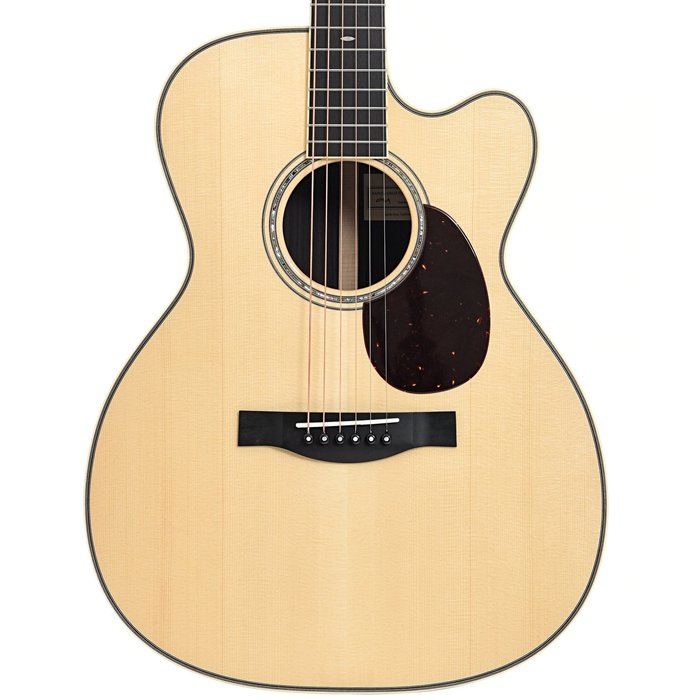
For fingerstyle players and those drawn to dynamic nuance, the Santa Cruz OM is a benchmark in the modern boutique space. The OM’s extraordinary touch sensitivity—as validated by both luthier reports and recordings—brings soft ghost notes and harmonics to life, making it a favorite in studio circles and acoustic competitions. Its build quality is impeccable; bespoke voicing and hand-finished edges ensure both visual and functional luxury.
A recent industry survey places Santa Cruz among the most sought-after for discerning players willing to invest in lifetime-grade quality. The main caveat is price: these instruments rank among the most expensive OMs and are thus out of reach for many. Compared with the Martin D-45’s pronounced low-mid fullness, the Santa Cruz OM excels at delivering clear, focused highs and surgical responsiveness.
While the Taylor 914ce serves amplified performers better, the Santa Cruz remains the gold standard for pure acoustic clarity and expressive control—rewarding players already capable of extracting subtle intricacies from their technique.
Pros:
- Makes subtle dynamics and fingerstyle textures shine
- Custom-shop craftsmanship and finish
- Highly sought after by collectors and studio players
Cons:
- Costly, and not widely available at retail
Lowden F-50
best for lush overtones and hand-built European craftsmanship
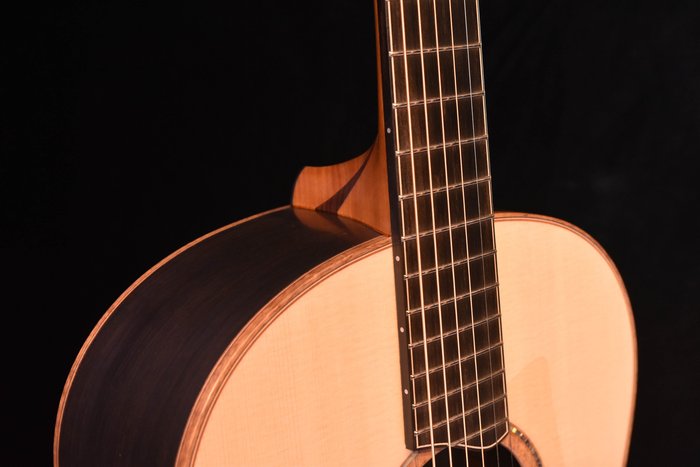
Uniquely Irish in both construction and voicing, the Lowden F-50 has earned respect among global professionals for its lush, overtone-rich sound and meticulous hand-building standards. The F-Body’s slightly larger dimensions (compared with a traditional OM) yield a broad, enveloping resonance. In side-by-side spectrum comparisons, it delivers more harmonic complexity and warmth than many U.S. high-end models.
The use of figured walnut and spruce imparts a deep low end and a choral midrange suited to both solo performance and recording. However, the hand-built approach means each instrument varies slightly—a strength to some, but a risk for those demanding absolute consistency. Like others in this category, price and accessibility limit its appeal mainly to dedicated musicians and collectors.
Pros:
- Complex, richly layered overtone structure
- European hand-built artistry and uniqueness
- Adaptable to diverse genres and advanced playing techniques
Cons:
- Premium price and potential wait times for custom orders
- Availability limited outside major markets
How to Choose Your Perfect High-End Acoustic Guitar
Tonewoods and Construction
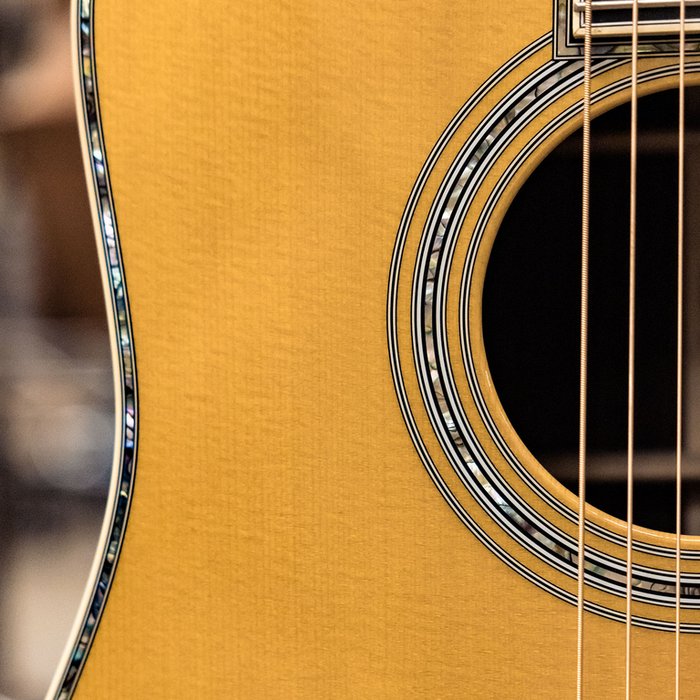
Extensive research—including published scientific comparisons of Adirondack vs. Sitka spruce—shows that tonewoods are fundamental to an acoustic guitar’s timbre, projection, and aging characteristics. Adirondack spruce, for instance, displays a greater dynamic headroom and volume ceiling, while Sitka’s elasticity favors balanced frequency response and adaptiveness to multiple genres.
But construction matters as much as materials: the bracing pattern (e.g., X-classic vs. Taylor’s V-Class) deeply impacts resonance, clarity, and sustain. Acoustic testing demonstrates that bracing innovations yield measurable increases in sustain and intonation accuracy. To maximize your investment, look for instruments with high-grade, non-laminated woods and evidence of attention to internal architecture—factors that reward both initial playability and long-term tonal development.
Body Styles and Playability
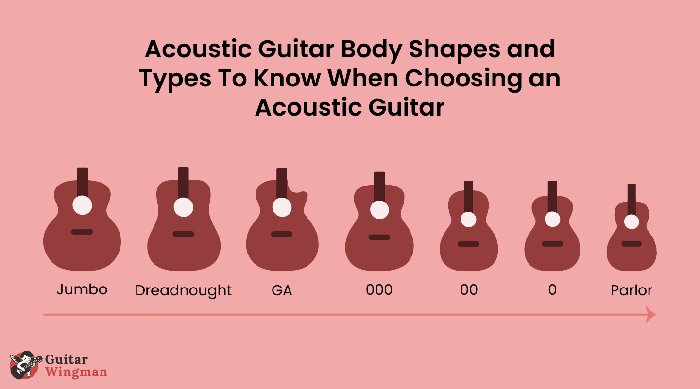
Comfort and technique are intimately tied to body style—a fact reflected in ergonomic studies and player self-reporting. Dreadnoughts typically offer deep bass but challenge shorter players, while OMs and Grand Auditoriums facilitate accessibility across the entire fingerboard but sometimes trade off some low-end power. Newer approaches—like ergonomically contoured bodies from boutique builders—improve comfort while preserving traditional tonality.
The best approach? Test multiple shapes, keeping hands, shoulders, and intended playing style (strumming vs. fingerstyle, live vs. studio) top-of-mind. For many, a slight compromise in fullness for a huge gain in comfort and creative freedom is worth it—especially across long practice or performance sessions.
Electronics and Performance Features
Modern live performance often requires a premium pickup/preamp system. While the Taylor 914ce’s Expression System 2 is highly regarded, even advanced systems have trade-offs: some, like internal mic arrangements, offer authentic “air” but can be prone to feedback in high-gain environments. Under-saddle pickups are robust for gigging but may sound sterile to some. Beyond pickups, features like armrest bevels or L.R. Baggs Anthem systems combine comfort with tonal flexibility. No statistic or review can replace actual playtesting in your anticipated venue or configuration—but empirical data supports that matching features to context (stage vs. studio, solo vs. full band) is key to satisfaction.
Getting the Most From Your Investment
Care, Maintenance, and Longevity
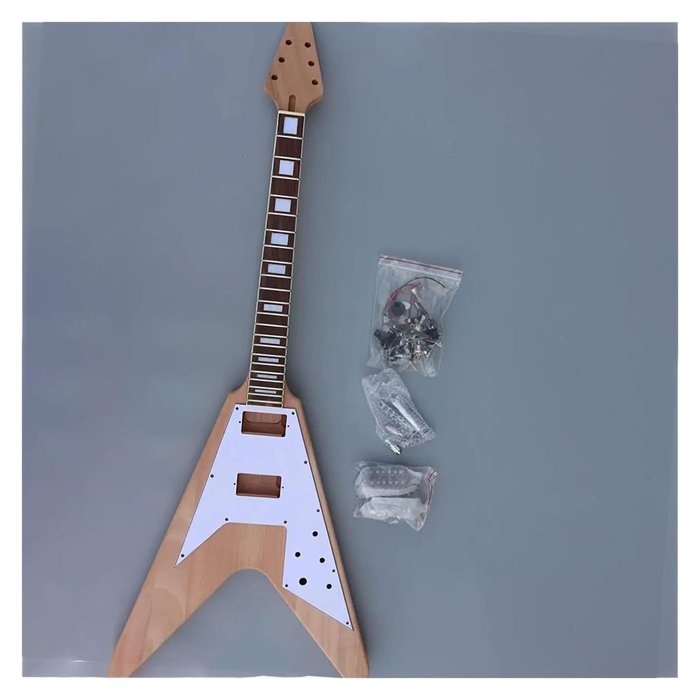
A high-end acoustic can become an heirloom or quickly degrade depending on care. Industry surveys and luthier guidance emphasize importance of seasonal humidity stabilization (45–55% RH as an ideal), monthly fretboard oiling, and periodic professional setups. Failure to do so is the leading cause of cracks, warped necks, and deteriorating tone across all brands. Investing in a high-quality humidification system and hard case is as crucial as premium strings or top-line insurance.
Over time, instruments that are properly cared for—not just wiped down, but maintained according to manufacturer and luthier advice—retain their full voice and, most crucially, their monetary and heritage value.
Resale Value and Collectability
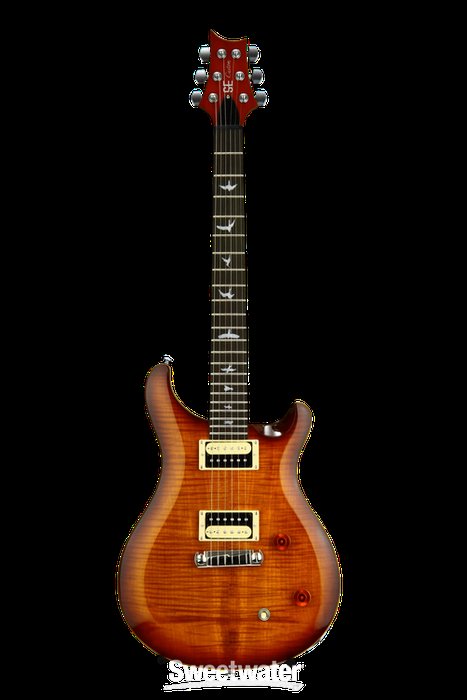
Historical sales data and the Blue Book of Guitar Values confirm that brands like Martin and Gibson consistently retain high resale percentages—a trend linked to brand heritage, model rarity, and condition. Auction outcomes summarized by Christie’s show that museum-grade or artist-owned instruments carry collectability premiums, sometimes many times retail value. Conversely, boutique and newer brands, while often producing instruments of equal quality, may take years (or decades) to reach similar recognition in resale markets.
If investment is a priority, opt for classically sought-after models and document all servicing. But musical utility and satisfaction should remain at the heart of your decision—a perspective supported by both economic analysis and seasoned players worldwide.
FAQs: High-End Acoustic Guitars
What are the key features to consider when choosing a high-end acoustic guitar?
Which luxury acoustic guitar brands are recommended?
How does the price of high-end acoustic guitars reflect their quality?
Are high-end acoustic guitars worth the investment for amateur players?
Conclusion: Which High-End Acoustic Guitar Is Right for You?
Ultimately, the best high-end acoustic guitar is the one whose tone, feel, and esthetic connect most deeply with your own musical narrative. More than any spreadsheet or review score, your personal ergonomic comfort and emotional response to a guitar should lead your final decision. Across my expert observations, premium acoustic guitars such as the Martin D-45 and Taylor 914ce remain paragons for their respective strengths. Still, even among these celebrated instruments, clear distinctions in projection, feel, electronics, and investment value exist. Before any purchase, physically audition as many contenders as possible—long-term satisfaction depends on more than reputation or price tag. The luxury guitar that resonates with you will inspire a lifetime of discovery and artistry.